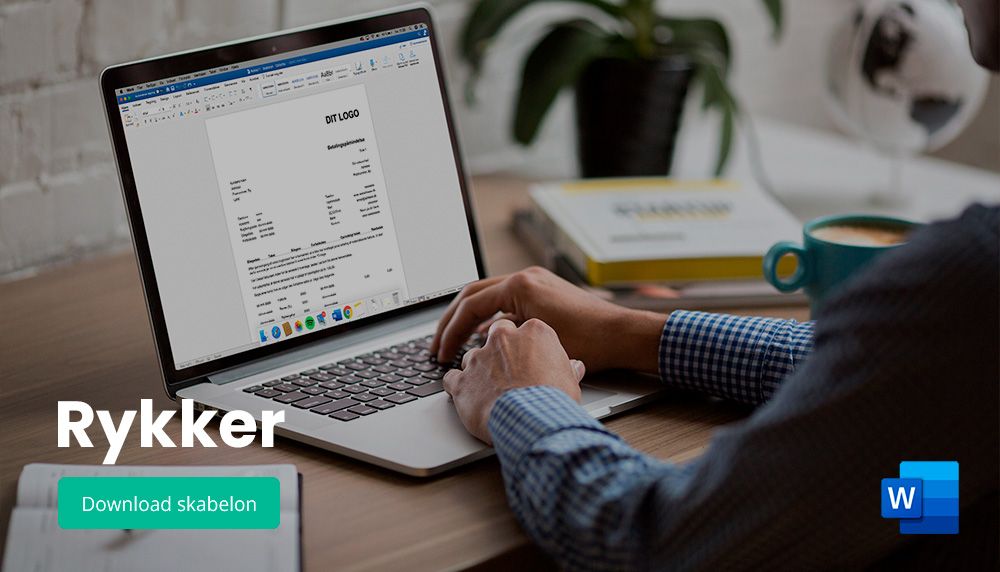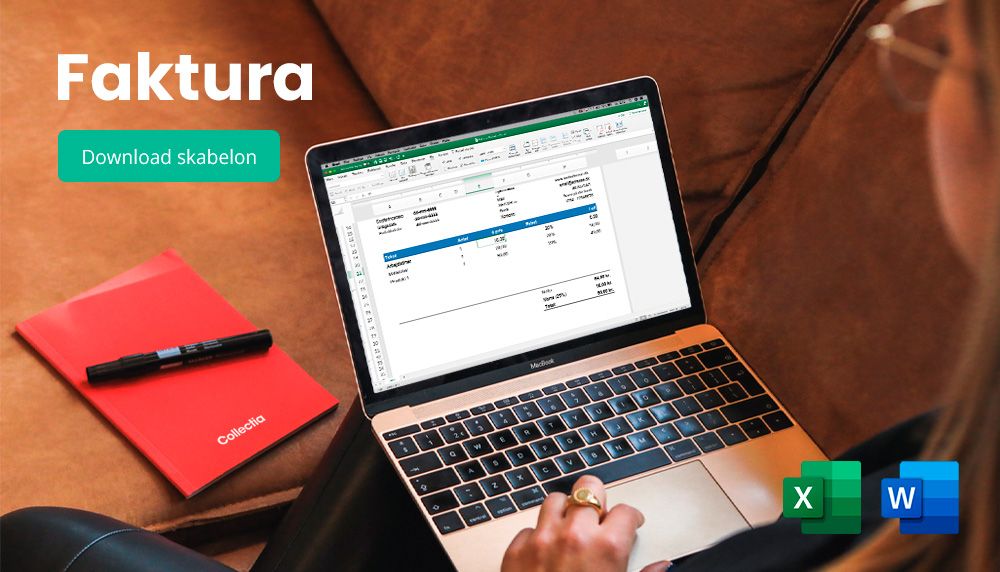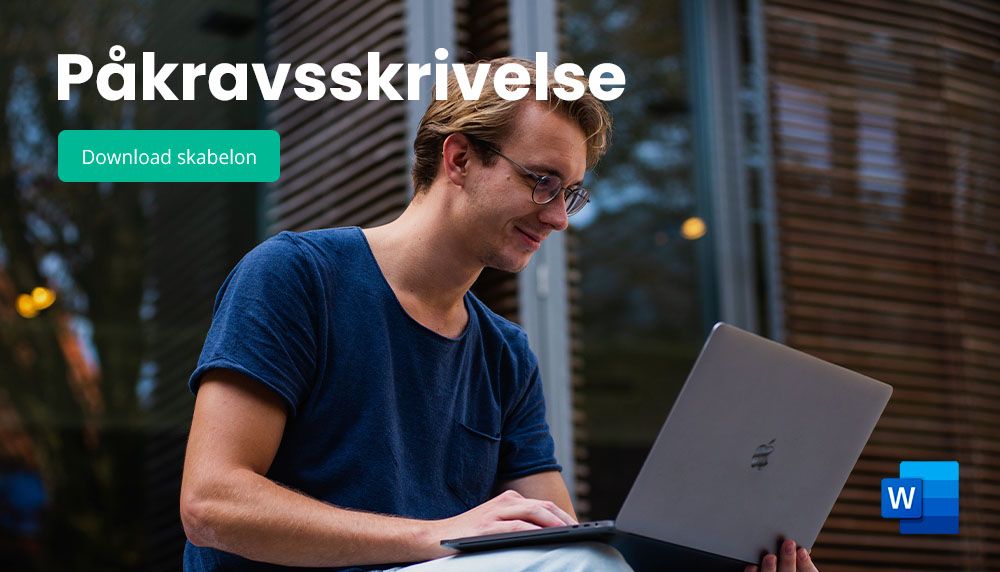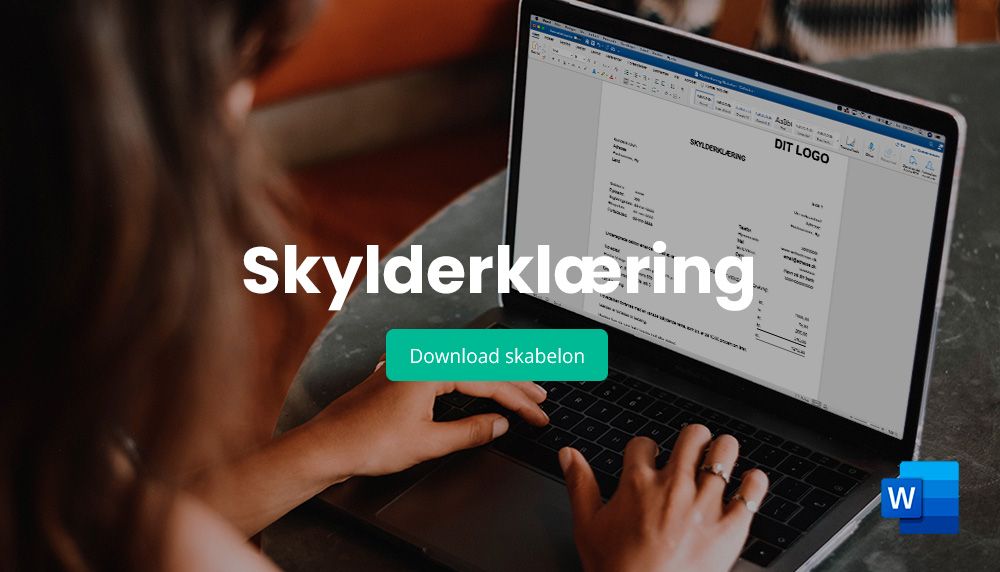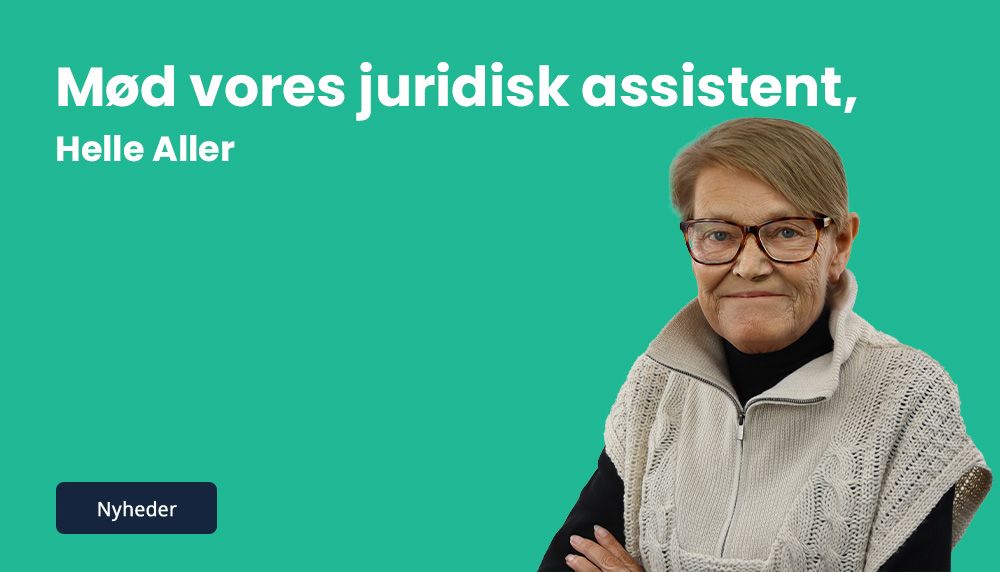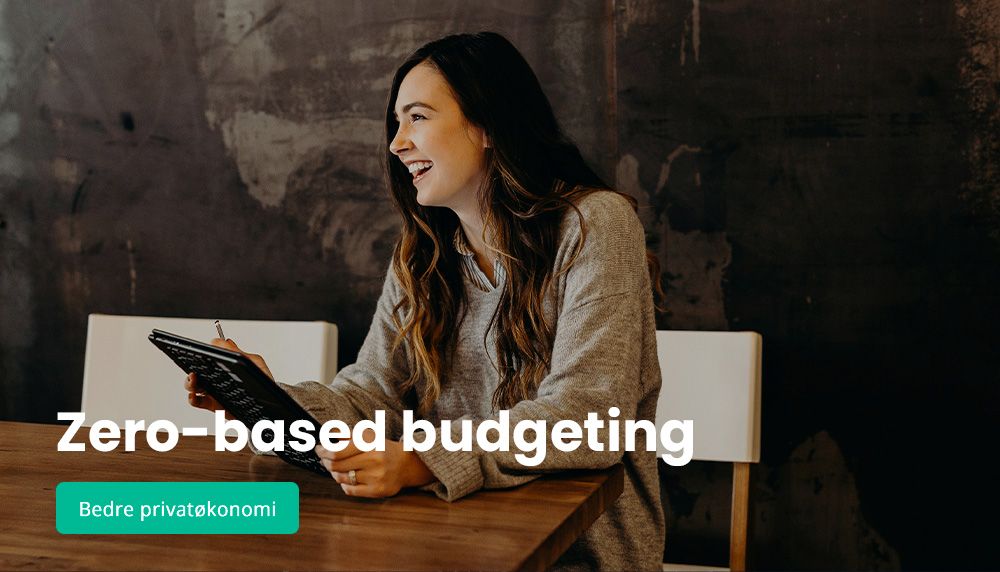
Bankruptcy proceedings
If a private individual or company is unable to pay its obligations as they fall due, a creditor, a creditor's collection agency, or the debtor itself can apply to the bankruptcy court for bankruptcy.
If a company or private individual is unable to pay their installments, debts or overdue invoices, this is called insolvency. According to the Bankruptcy Act, this insolvency must be permanent in order for a creditor or debtor to declare a debtor bankrupt. In other words, the insolvency must not be short-term or due to the debtor's unwillingness to pay.
It is only the bankruptcy court that decides whether a debtor can be taken into bankruptcy proceedings according to the Bankruptcy Act.
The bankruptcy court will receive the bankruptcy petition in the district where the debtor (debtor) belongs. The bankruptcy court can either receive a bankruptcy petition from the debtor himself, a so-called self-petition, or from a creditor.
In Denmark, both companies and private individuals can be placed under bankruptcy proceedings - after a prior bankruptcy petition.
Requirements for bankruptcy proceedings
In order for bankruptcy proceedings to begin, a bankruptcy petition must be filed - either by the debtor himself or by the debtor's creditors.
Once the bankruptcy petition has been submitted to the bankruptcy court, it is the court that assesses whether the conditions for initiating bankruptcy proceedings are present.
In order to initiate bankruptcy proceedings, it is essential that the debtor is insolvent. In other words, this means that the debtor is unable to pay the claims a creditor may have as they come in. It also means that bankruptcy proceedings cannot be initiated if the reason for non-payment is due to disagreement or that the debtor does not want to pay the claim - for one reason or another.
In cases where the debtor does not want to pay a claim to a creditor, there is the option of debt collection, court proceedings or mediation. Bankruptcy is not an option.
What happens in bankruptcy proceedings
If the bankruptcy court decides to initiate bankruptcy proceedings, the bankruptcy court appoints a trustee to help assess and possibly sell the estate. The trustee is typically a lawyer specializing in bankruptcy estates.
The trustee's goal in the bankruptcy proceedings is to create an overview of the debtor's financial position; assets, income and expenses. Once the overview has been created, the trustee will attempt to sell the debtor's assets, if any - the purpose of which is to cover all or part of the creditors' claims.
In bankruptcy proceedings for private individuals, assets that are considered to belong to a modest home may not be sold.
The cost of bankruptcy proceedings
It costs a court fee of 1500 DKK (2024 figures) to file a bankruptcy petition against a company or a private individual.
However, you should be aware that a security must be provided if the bankruptcy proceedings are to be conducted against a company. The amount is typically around DKK 30,000.
If a company or individual chooses to declare bankruptcy themselves, no legal fees are charged.
Bankruptcy in connection with debt collection
Filing for bankruptcy against a private individual or company is one of the tools that can be used in the extreme case of debt collection, whether by a lawyer, a debt collection company or the creditor themselves.
However, in practice, a wide range of other tools will be used during debt collection before bankruptcy proceedings will come into play, unless it is deemed that bankruptcy is the shortest way to recover some of the debtor's assets.
